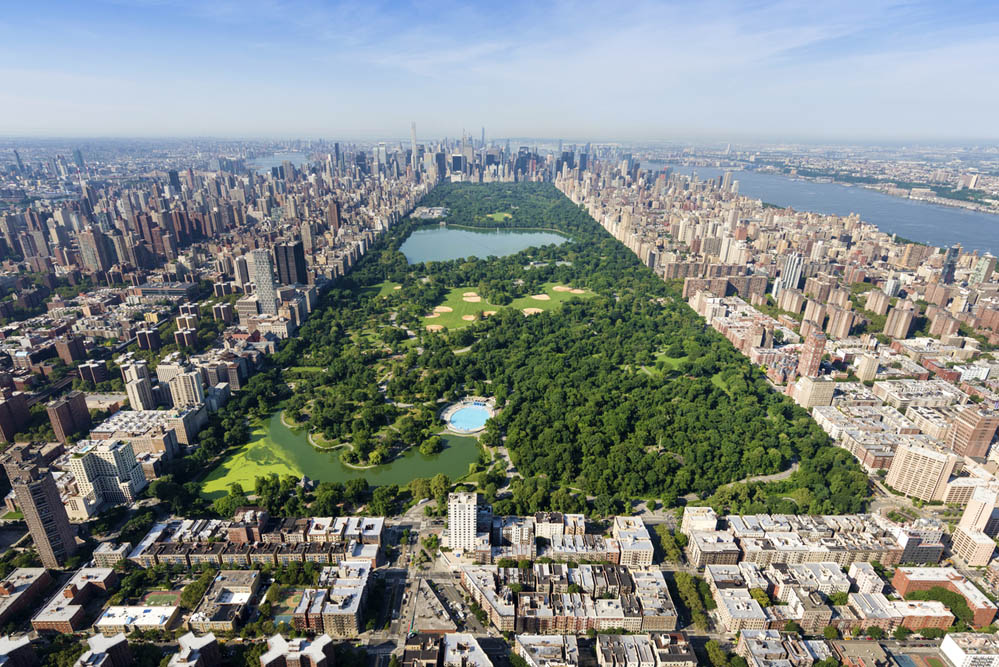If Central Park is meant to serve as the “lungs” of New York, then by the 1970s the city was suffering from serious lung disease.
Anyone hoping to experience the park as a refuge from urban pressures was out of luck. Inside the park, as throughout New York City, graffiti and crime abounded, suggesting pervasive government neglect. Finally, the private sector stepped in, in the form of the Central Park Conservancy. In her new memoir, “Saving Central Park,” Elizabeth Barlow Rogers, who founded the Conservancy and led it for 15 years, recounts how her organization spearheaded the revival.
Nowadays in New York, it’s commonplace to tap the private sector to advance public ends. Examples include charter schools, business-improvement districts and social-service providers, such as the Doe Fund. We still debate the merits of privatization, but Rogers argues that the concept was far more controversial in an earlier era. Municipal unions were determined to protect their jobs, and city leaders balked at ceding power.
“Nowadays in New York, it’s commonplace to tap the private sector to advance public ends. ... [but] the concept was far more controversial in an earlier era.”
By entering into a partnership with Rogers’ Conservancy, though, the city realized many benefits, beginning with heaps of money for public services. The Conservancy provided big donors with confidence that their contributions would be well spent. As it advanced from success to success in restoring the park, the Conservancy gained the trust of the city’s elite and attracted more and bigger gifts.
What did the bad old days look like for Central Park? “The shattered luminaries on more than half the lampposts signaled that the park was unsafe at night. Litter thrown into rusty 55-gallon oil drums that were randomly strewn across the landscape gave the impression that Central Park lay in a third-world country,” Rogers writes.
An estimated 50,000 square feet of graffiti had to be removed from bedrock outcroppings, architectural features and statuary. The once-lush Sheep Meadow had been ground down into a dustbowl. The Harlem Meer was a “silted, algae-coated bed of mud.”
Rogers makes clear that ideas and norms, not just budget cuts, were responsible for the park’s decline. The “Central Park á Go-Go” philosophy of Thomas Hoving, parks head under Mayor John Lindsay, made the site a default location for rock concerts, protests and “happenings.”
Central Park became whatever anyone wanted it to be — a personal canvas for self-expression. Apparently, what many New Yorkers felt like expressing back then was disdain for beautiful public art and architecture.
It was one thing, in 1970s New York, to tag the side of a subway car or an abandoned building; it took a special malice, a passion for desecration, to destroy the Bethesda Terrace’s balustrade finials and smash up and spray graffiti on its ornate stairway side panels.
Rogers’ memoir doesn’t discuss Broken Windows policing, but her philosophy of park management is founded on the same premises. Ordinary citizens are driven out of public spaces if they feel unsafe in them. Cities can bring people back by reducing public disorder, thus creating a virtuous circle whereby bourgeois standards of order gradually dominate and informally restrain unruly behavior, without the need to call police all the time.
The effort requires stressing small details: replacing broken slats on benches, picking up litter, making sure comfort stations have toilet paper and removing graffiti as soon as it appears.
Restoring Central Park required negotiating not only the tension between the private and public sectors but also between the competing visions of Frederick Law Olmsted and Robert Moses. Olmsted, along with his colleague Calvert Vaux, designed the original “Greensward” plan for the park; Moses was city parks commissioner from 1934 to 1960. To generalize a bit, Olmsted designed the park to be something people experienced, whereas Moses saw it as something to be used.
Today’s New Yorkers regard Olmstead with reverence and Moses as a vindictive despot. But, as far as Central Park goes, Olmsted was the elitist and Moses the populist. Moses promoted a “radical new recreational agenda,” for children in particular — ballfields, playgrounds — and his aesthetic tended toward the whimsical.
Rogers is a committed Olmstedian and an outstanding interpreter of the Greensward philosophy. The park is often likened to a work of art but, in one insightful passage, she argues that the better metaphor might be to film: “a walk through Central Park is not unlike the movement of a camera as it pans across a broad area while continuously rolling on a dolly, with frame after frame merging into a unified panorama through which moviegoers perceive themselves to be passing.”
This piece originally appeared in the New York Post
______________________
Stephen Eide is a senior fellow at the Manhattan Institute. This piece was adapted from City Journal.
This piece originally appeared in New York Post
